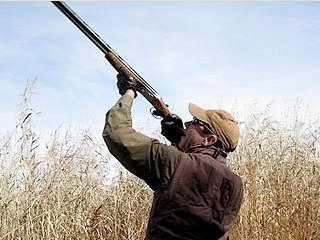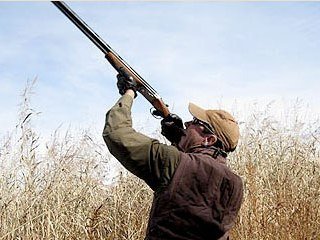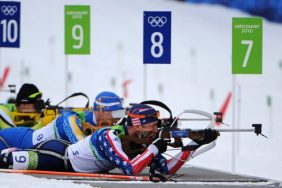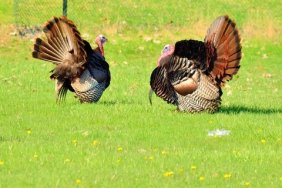 Wing shooting is fraught with opportunity and frustrations. If a rifle is a tool, then a shotgun is an instrument. While dialing in a rifle consists of science, dialing in a wingshooter consists largely of art. The best advice to becoming an excellent wing shooter is shoot, shoot, and shoot some more. There are however some basic elements to every art that help the individual achieve a level of competence without having to struggle with every possible frustration. Having worked with more than a few pure beginners, I will say that individual potential has a lot to do with wingshooting success at first. Some will pick up a shotgun for the first time and break clay birds all day long, hitting more than they miss. Typically a first timer will hit a few and have a rather discouraging day. Once in a while the first trip results in pure frustration with very little or no success.
Wing shooting is fraught with opportunity and frustrations. If a rifle is a tool, then a shotgun is an instrument. While dialing in a rifle consists of science, dialing in a wingshooter consists largely of art. The best advice to becoming an excellent wing shooter is shoot, shoot, and shoot some more. There are however some basic elements to every art that help the individual achieve a level of competence without having to struggle with every possible frustration. Having worked with more than a few pure beginners, I will say that individual potential has a lot to do with wingshooting success at first. Some will pick up a shotgun for the first time and break clay birds all day long, hitting more than they miss. Typically a first timer will hit a few and have a rather discouraging day. Once in a while the first trip results in pure frustration with very little or no success.
Evening the odds involves creating opportunities for success and teaching basic good habits. First time wing shooters or people struggling with any success at all should line up 8 or 12 clay birds along a dirt bank at 30 yards. Set a couple of birds near each other and the rest spread out to avoid breaking more than one at a time. I have never seen a first time shotgunner miss stationary targets in this exercise. Make sure the novice notices the birds placed close together and that they break even if you shoot directly at one target.
I prefer to use a mechanical thrower for beginners to achieve the best opportunity for success. Set up shots that fly straight away and almost level, and have them mount the gun and call for the bird. It is also useful to have a third person launch the bird you can observe the shot from behind the shooter. After moderate success is achieved, follow with crossing birds and other harder angle shots.
Wingshooting advice for intermediate shooters includes practicing form, mounting and swing through technique. Swing through technique refers to the proper method for most wing shooting situations. Swinging from behind the target, the shooter moves ahead of the target and pulls the trigger as the barrel passes the leading edge of the target, and following through with the swing. This method incorporates lead by swinging with the bird and firing while passing the leading edge.
The sustained lead method of shooting involves swinging the shotgun in front of the target and trying to pace the target by the distance needed for a hit. The problem with sustained lead is that the necessary lead varies with the speed and distance to target. Swing through technique builds the lead automatically by accelerating past the target. For high passing shots and very long crossing shots, sustained lead has some value as the target must be led by a considerable distance and swing through would have to pass the target’s leading edge in order to score a hit.
Considerable practice is what makes great wing shooters. Think about form and swing through technique and then shoot, shoot and practice some more.








